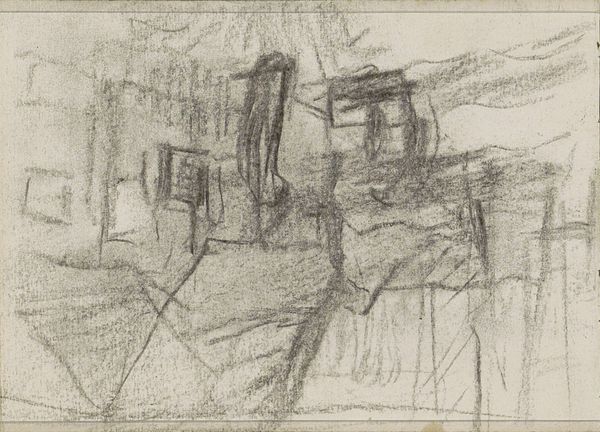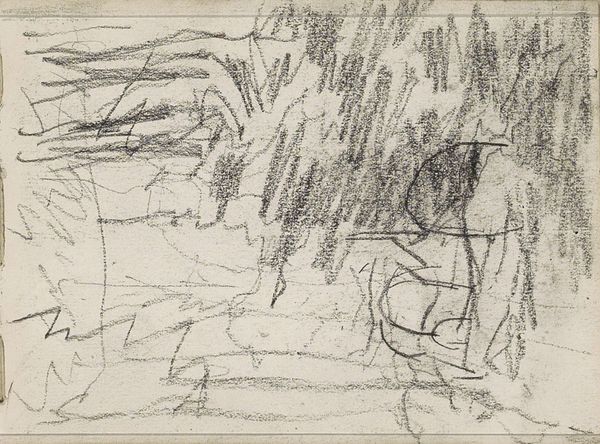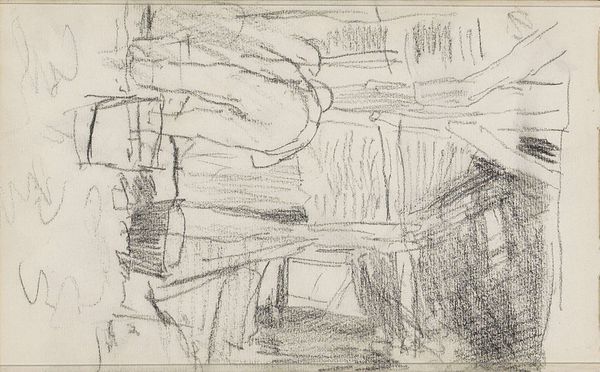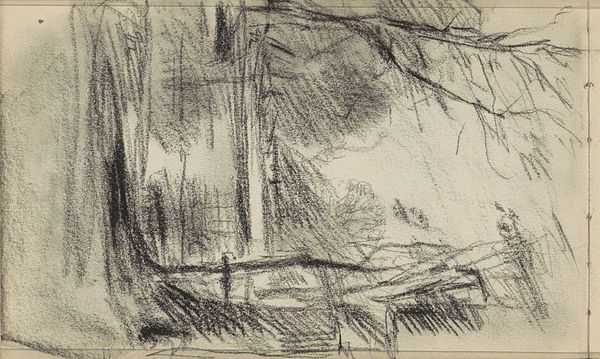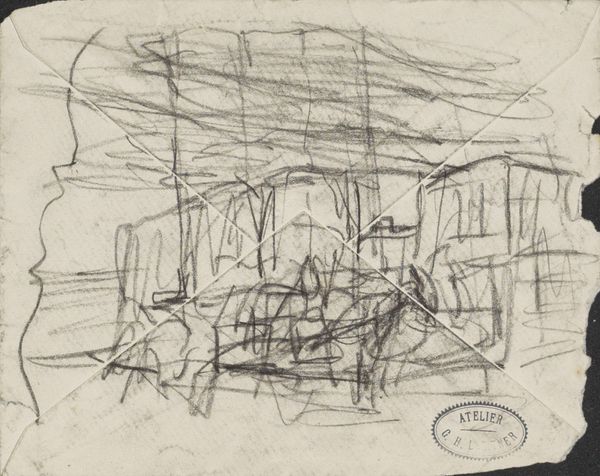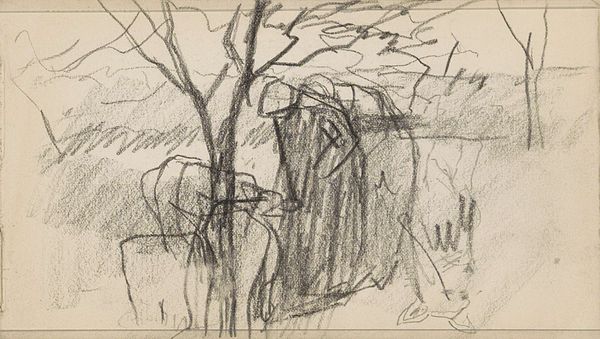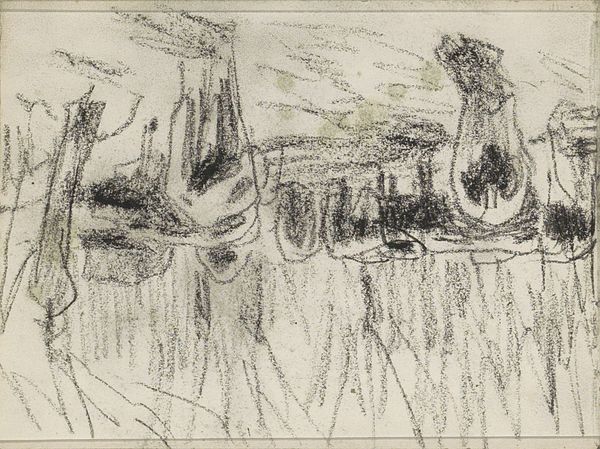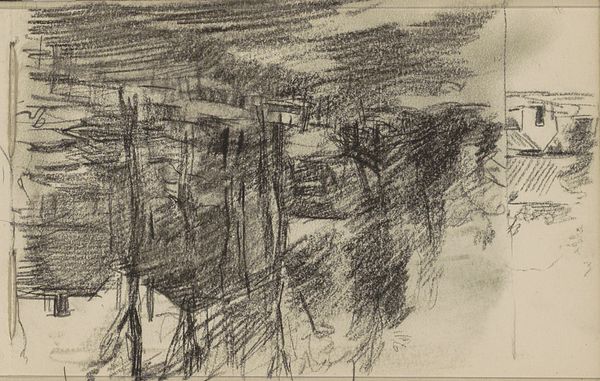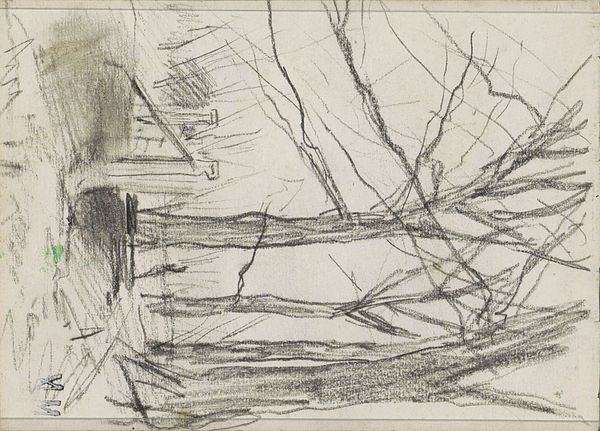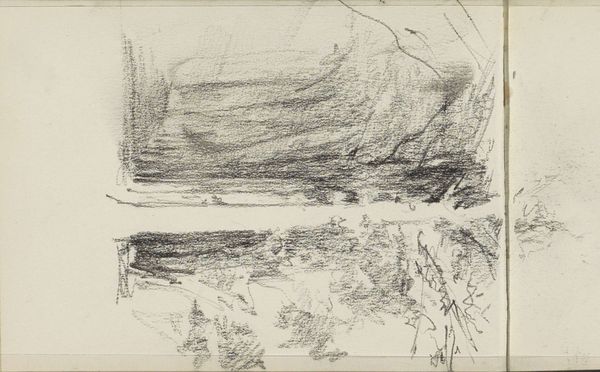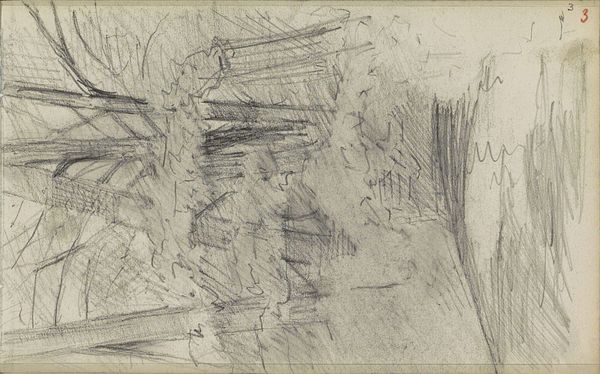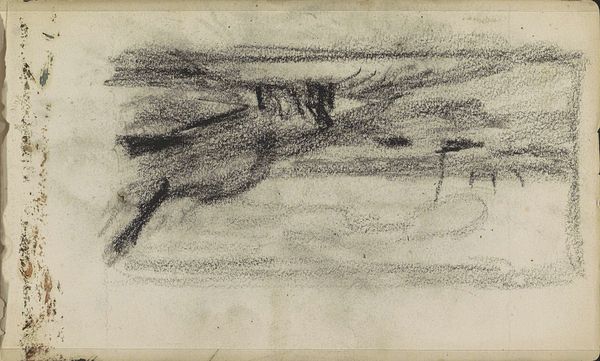
drawing, paper, graphite
#
drawing
#
impressionism
#
landscape
#
paper
#
graphite
Copyright: Rijks Museum: Open Domain
Editor: Here we have Anton Mauve's "Landschap," a landscape drawing from around 1881-1888. It's graphite on paper and... very atmospheric! I'm struck by how much is conveyed with so few, yet carefully considered, strokes. What do you see in this piece? Curator: What strikes me is the clear depiction of labor, albeit subtly embedded in the natural landscape. Notice the marks made in the graphite, suggesting a hurried yet deliberate application. The use of inexpensive materials like graphite and paper challenges the high art expectations of the period. Do you think Mauve’s choice of such rudimentary materials affected how this piece was received by art patrons during the Impressionist movement? Editor: I hadn't considered that aspect of its reception. The Impressionists were after all focused on fleeting moments and light, so how do we understand the emphasis on labor then, beyond the use of economical materials? Curator: Look at how the rapid marks create depth and texture; there's a definite emphasis on portraying not just the *what* but also the *how*. The materiality emphasizes the artist’s physical interaction with the landscape through their labor and the means of representing it. Editor: So, rather than just capturing a scene, Mauve’s drawing emphasizes the act of creating the scene itself – the physical labor of both artist and subject, filtered through his choice of materials. Curator: Precisely. We witness an engagement with production beyond the purely visual. It provokes questions about value, worth, and even the social context surrounding artistic creation and our consumption of art. Editor: That reframes how I see not just the landscape depicted, but Mauve's relationship to it and, really, to the art world of his time. It makes me appreciate his conscious choice of "humble" materials even more! Curator: It’s a valuable reminder to consider how artists like Mauve engaged with societal norms around material production.
Comments
No comments
Be the first to comment and join the conversation on the ultimate creative platform.
